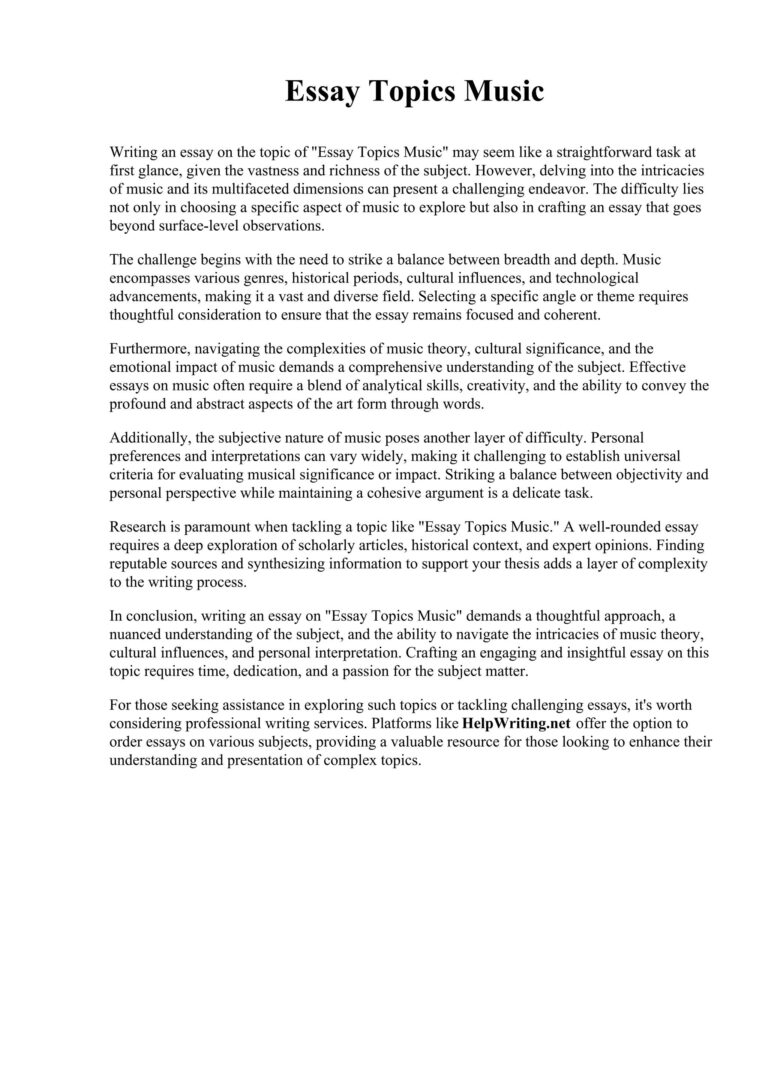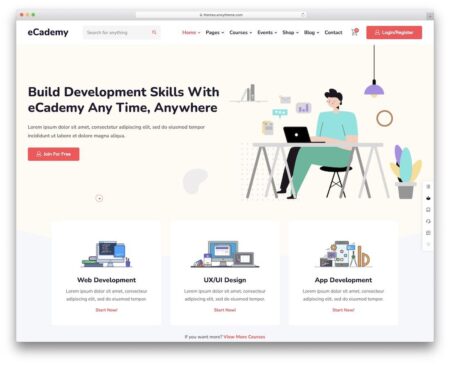Exploring the Multifaceted Impact of Ethiopia’s Grand Renaissance Dam on Africa
The Grand Ethiopian Renaissance Dam (GERD) is rapidly transitioning from a visionary project into one of Africa’s most significant infrastructural landmarks. Celebrated by many as a testament to Ethiopia’s developmental ambitions and economic promise, this colossal hydroelectric dam has simultaneously sparked intense debate across the continent. While proponents highlight its potential to revolutionize energy access and regional growth, critics-especially downstream countries-voice apprehensions about water security and environmental consequences. This article offers an in-depth examination of how various African nations perceive the GERD, analyzing its implications for regional cooperation, ecological sustainability, and geopolitical relations.
Regional Reactions: Diverse Views on Ethiopia’s Hydropower Ambition
The GERD has become a focal point in East African diplomacy due to its profound influence on shared water resources. Countries like Egypt and Sudan express significant unease over possible disruptions to Nile River flows-a lifeline for their agriculture, drinking water supply, and overall economies. Conversely, nations such as Kenya and Uganda tend to endorse Ethiopia’s initiative, viewing it as an engine for regional electrification efforts and economic integration.
This divergence stems from several intertwined factors:
- Economic Prospects: Advocates argue that the dam will position Ethiopia as a leading power exporter in East Africa, potentially catalyzing industrialization across neighboring states.
- Environmental Risks: Opponents caution against unforeseen ecological disturbances downstream-including changes in sediment transport that sustain fertile lands.
- Sovereignty Over Resources: Ethiopia asserts its sovereign right to harness natural assets within its borders-a stance resonating with broader African calls for self-reliance amid historical resource exploitation.
| Country | Stance on GERD |
|---|---|
| Egypt | Strong opposition; fears threats to water availability essential for agriculture & population needs. |
| Sudan | Cautiously ambivalent; concerned about flood control but recognizes potential benefits from regulated flow. |
| Kenya | Largely supportive; anticipates enhanced regional energy collaboration opportunities. |
| Uganda | Mainly favorable; emphasizes improved access to affordable electricity boosting development goals. |
The Economic Ripple Effects and Environmental Considerations Across Borders
The GERD’s construction carries substantial economic weight beyond Ethiopian borders. For Egypt-the Nile basin’s largest agricultural economy-and Sudan alike, any alteration in river dynamics could translate into shifts in crop yields or fisheries productivity due to fluctuating water availability. Recent studies estimate that even minor reductions in annual Nile flow could impact food security for millions dependent on irrigation systems fed by these waters.[1]
- Agricultural Vulnerability: Reduced or irregular river discharge threatens farming livelihoods downstream by limiting irrigation capacity during critical growing seasons.
- Dampened Investment Climate:Nations uncertain about future water allocations may hesitate when planning infrastructure or agribusiness ventures reliant on stable hydrological conditions.
- < strong >Trade Tensions : Disputes over equitable resource sharing risk escalating political frictions that can disrupt cross-border commerce within Eastern Africa.[2]
From an ecological perspective , concerns focus heavily on maintaining biodiversity integrity along the Nile Basin . The dam ‘ s reservoir alters natural sediment flows , which are crucial nutrients replenishing soils downstream . Additionally , aquatic species adapted over millennia face habitat shifts due to modified temperature regimes , oxygen levels , or seasonal flooding patterns . These environmental stressors may undermine local communities ‘ resilience against climate change effects already intensifying droughts or floods throughout East Africa .< / p >
- < strong >Ecosystem Disruption : Changes in river hydrology threaten wetlands vital for migratory birds , fish spawning grounds , and riparian vegetation zones .< / li >
- < strong >Species Endangerment : Altered habitats jeopardize endemic fish populations integral both ecologically & economically.< / li >
- < strong >Climate Adaptation Challenges : Variability introduced by altered flows complicates traditional coping mechanisms employed by rural farmers & fishermen.< / li >
< / ul >A Path Forward: Strengthening Cooperative Water Governance Along the Nile Basin
The ongoing debates surrounding GERD underscore an urgent need for collaborative frameworks prioritizing shared benefits while respecting national interests. Establishing robust mechanisms can help mitigate conflicts arising from competing demands over this vital transboundary resource.< / p >
- < strong>Create a Multinational Water Management Council : An inclusive body representing all key stakeholders-including Egypt , Sudan , Ethiopia -could facilitate transparent negotiations focused on equitable allocation & conflict resolution.[3]
- < strong>Pursue Joint Infrastructure Initiatives : Cohesive investment strategies targeting flood control systems , irrigation modernization & renewable energy projects would foster interdependence enhancing stability across borders.< / li >
- < strong>Sustainability-Centered Policies : A basin-wide commitment toward conservation practices such as efficient irrigation techniques & watershed protection ensures long-term viability of shared watersheds.< / li >
< / ul >Additionally,the success of these cooperative efforts depends heavily upon trust-building measures including regular data exchange protocols monitoring reservoir levels,and involving grassroots communities directly impacted by policy decisions.This participatory approach not only enhances transparency but also empowers local voices often marginalized during high-level negotiations.The integration of modern technologies like satellite remote sensing further supports real-time information sharing critical for adaptive management under changing climatic conditions.< / p >
Recommended Action Plan Purpose/Benefit< / td >
< tr />Create Regional Water Council Mediates disputes ensuring fair use among riparian states. Pursue Joint Projects Bonds countries through shared infrastructure investments. Sustainability Focus Pledges protection of ecosystems supporting livelihoods. Navigating Toward Shared Prosperity Amid Complex Challenges
Ethiopia’s Grand Renaissance Dam embodies both remarkable progress toward sustainable development goals-and intricate challenges inherent within transboundary resource management.In balancing aspirations with responsibilities,the involved nations must prioritize dialogue grounded in mutual respect alongside scientific evidence.As global climate pressures mount-with projections indicating increased variability affecting rainfall patterns across Eastern Africa-the imperative grows stronger than ever before.To transform potential flashpoints into platforms fostering unity,the region must embrace cooperative governance models emphasizing inclusivity,resilience,and innovation.The evolving story around GERD thus reflects not only engineering prowess but also humanity’s collective endeavor toward equitable stewardship of precious natural resources shaping futures across generations.
[1] FAO Report (2024): Impacts of Hydropower Development on Agriculture along the Nile Basin
[2] African Development Bank (2023): Trade Dynamics Influenced by Transboundary Water Conflicts
[3] UNECA Initiative (2025): Frameworks Promoting Integrated Water Resource Management Among Nile States







